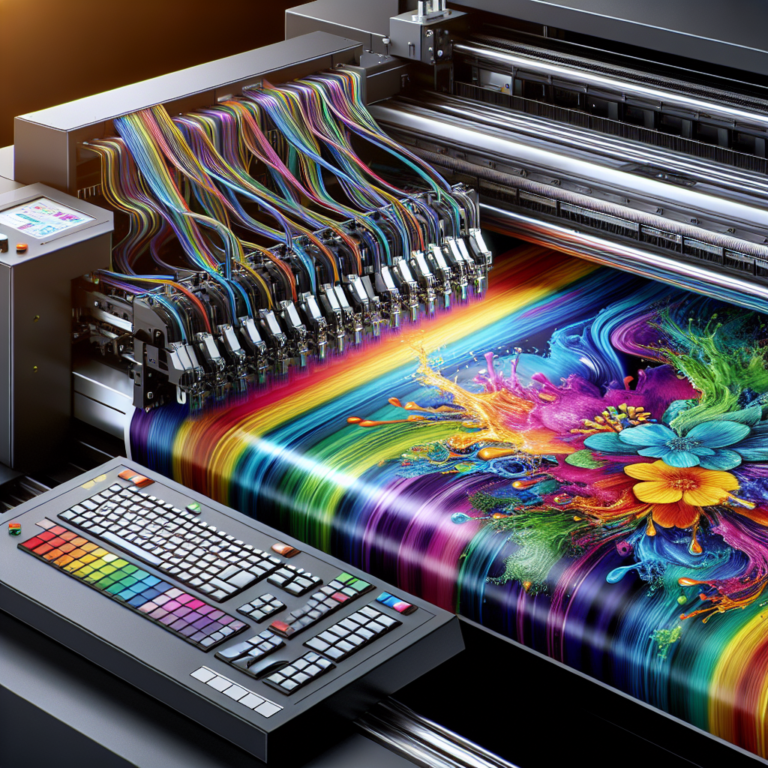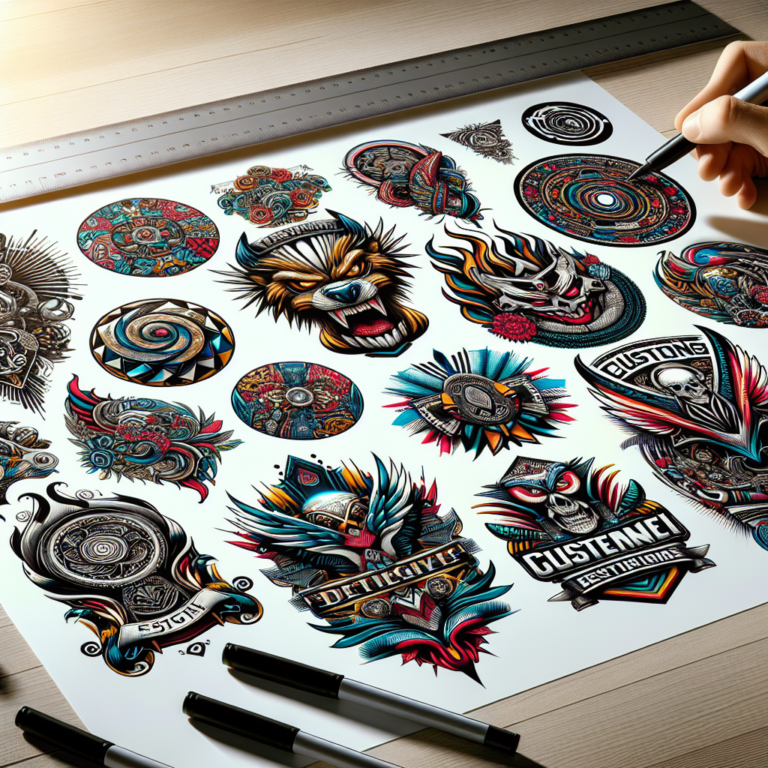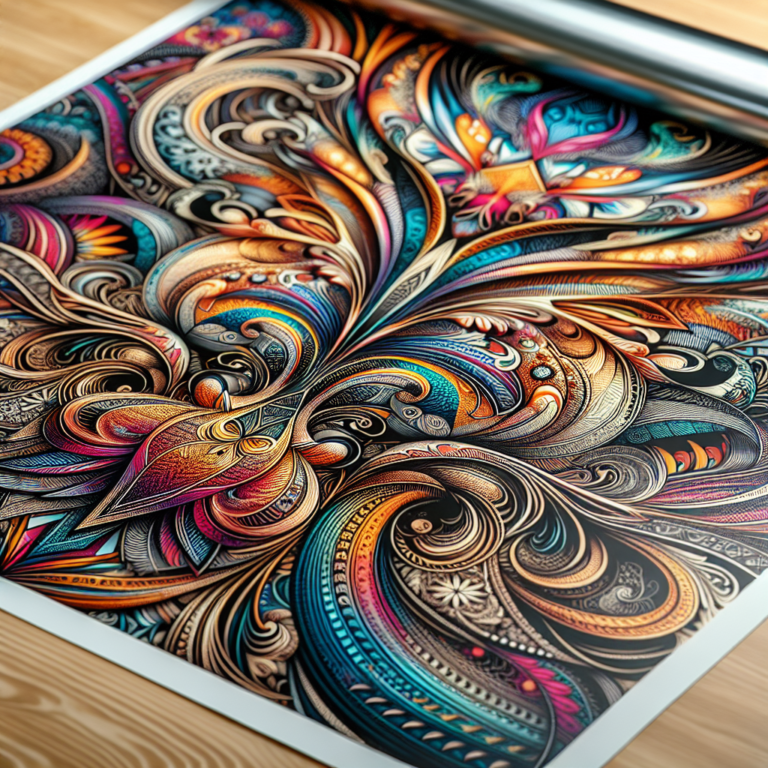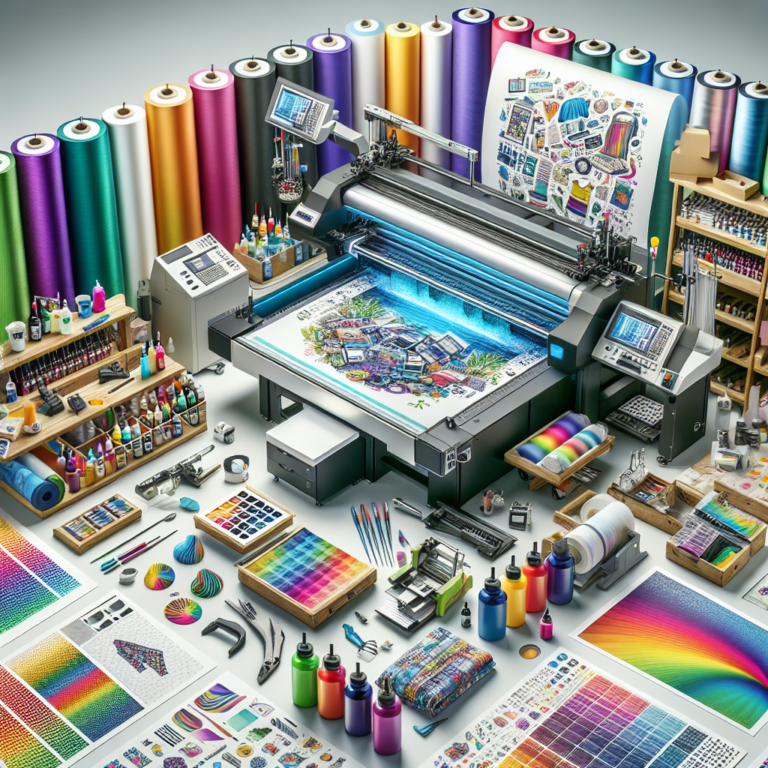Custom DTF Heat Transfer: Your Ultimate Guide
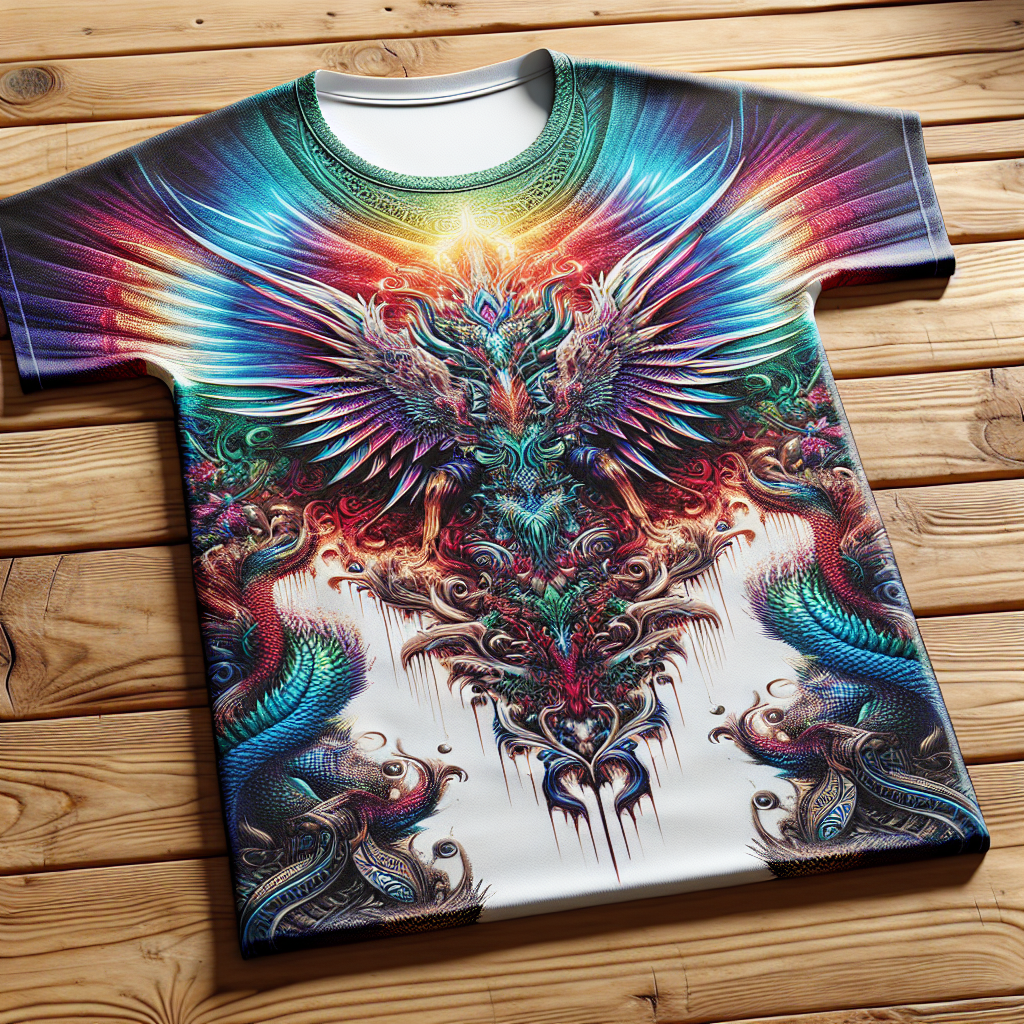
Welcome to the world of custom DTF heat transfer, where creativity knows no bounds. Whether you’re a fashion designer looking to create unique apparel, a small business owner aiming to produce branded merchandise, or an individual with a creative flair, DTF heat transfer offers a versatile solution. This innovative printing method allows you to transfer detailed, vibrant designs onto various fabrics with ease.
DTF, or Direct-to-Film, is a printing technique that involves printing a design onto a special film, which is then transferred to a garment using heat and pressure. The result? Stunning, high-quality prints that are both durable and visually striking. Unlike traditional methods, custom DTF heat transfer provides the advantage of printing on a wide range of fabrics, including cotton, polyester, and blends, without compromising on color or clarity.
At Affordable DTF, we are passionate about helping you bring your ideas to life. Our state-of-the-art technology and commitment to excellence ensure that every print we produce stands out. From the moment you contact us, you’ll experience our dedication to providing exceptional service and top-notch quality at competitive rates.
Ready to explore the endless possibilities of custom DTF heat transfer? Please visit AffordableDTF.com for more info!
Benefits of Custom DTF Heat Transfer

With the rise of custom DTF heat transfer in the printing industry, the benefits of this method are becoming increasingly apparent. One of the most notable advantages is the ability to produce vivid and detailed prints. The technology enables precise color reproduction and intricate designs that truly stand out.
Another significant benefit is the versatility of DTF heat transfer. Unlike other printing techniques, DTF can be applied to a wide variety of fabrics, including cotton, polyester, nylon, and blends. This makes it an ideal choice for creating custom apparel, promotional items, and even home décor products. No matter the material, DTF ensures a high-quality finish that maintains its integrity over time.
Durability is another key advantage. Prints produced through DTF heat transfer are known to withstand multiple washes without fading, cracking, or peeling. This longevity is crucial for items that will be frequently used or worn, ensuring that your designs remain as impressive as the day they were created.
Additionally, the DTF process is both efficient and cost-effective. Because it bypasses the need for screens or extensive setup, it allows for quick turnaround times and lower production costs. This is especially beneficial for small businesses or individuals looking to produce high-quality items without breaking the bank.
Lastly, DTF heat transfer is eco-friendly. The process typically uses water-based inks, which are less harmful to the environment compared to solvent-based alternatives. This makes it a more sustainable choice for those who are conscious of their ecological impact.
In summary, the benefits of custom DTF heat transfer include vivid prints, versatility, durability, cost-effectiveness, and eco-friendliness. These advantages make it a standout choice for anyone looking to create high-quality, custom-designed items.
Step-by-Step DTF Heat Transfer Process
The custom DTF heat transfer process is both straightforward and efficient, allowing you to create stunning designs with ease. Below is a step-by-step guide to help you navigate through the process:
- Design Creation: Start by creating your design using graphic design software. Ensure that your artwork is high-resolution and properly aligned to fit the desired print area.
- Printing: Once your design is ready, it’s time to print it onto a special DTF film. This film is designed to hold the ink and transfer it to the fabric. Use a DTF printer to achieve high-quality results with vivid colors.
- Powder Application: After printing, apply a special adhesive powder to the wet ink on the DTF film. This powder helps the ink adhere to the fabric during the transfer process. Make sure to cover the entire design evenly.
- Drying/Curing: The next step involves curing the adhesive powder. This can be done using a heat press or an oven. The goal is to dry the powder without melting it, creating a tacky surface ready for transfer.
- Heat Pressing: Position the DTF film with the cured adhesive onto your fabric. Use a heat press to apply pressure and heat, typically around 160-170°C (320-338°F) for 15-20 seconds. This ensures the ink transfers smoothly and adheres firmly to the fabric.
- Peeling: Allow the fabric to cool for a few moments before carefully peeling off the DTF film. This reveals your vibrant design, now permanently attached to the fabric.
- Post-Pressing (Optional): For added durability, you can perform a post-pressing step. Place a parchment paper over the design and press it again for a few seconds. This helps to further set the ink and adhesive.
By following these steps, you can achieve professional-quality results with your custom DTF heat transfer projects. The process is designed to be user-friendly, making it accessible for both beginners and experienced printers alike.
Essential Materials for DTF Heat Transfer
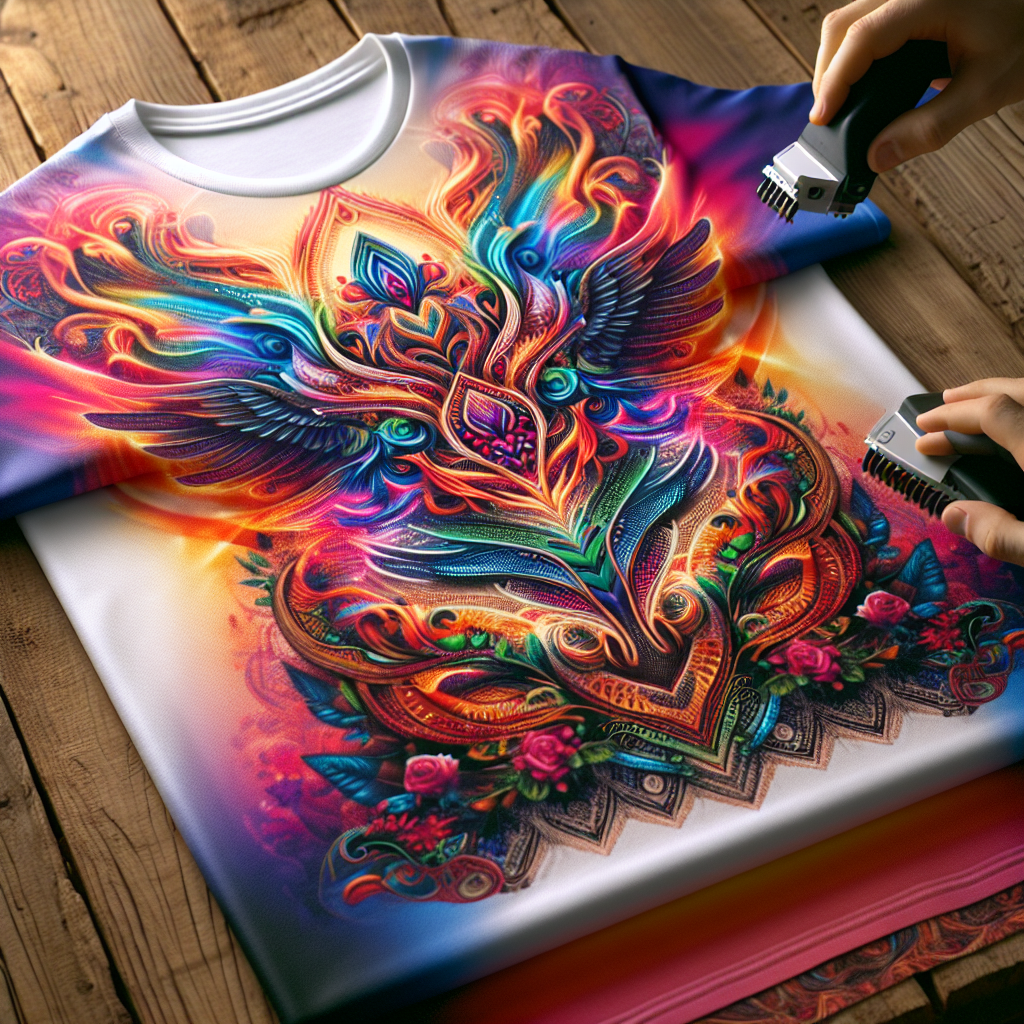
To achieve the best results with custom DTF heat transfer, having the right materials is crucial. Here’s a list of the essential items you’ll need:
- DTF Printer: A specialized printer designed for Direct-to-Film printing. This printer is equipped with specific ink and settings to ensure high-quality prints.
- DTF Film: A specially coated PET film that holds the ink and adhesive powder. This film is transparent, allowing for precise alignment and transfer of the design.
- DTF Inks: High-quality, pigment-based inks that are formulated to work with DTF printers. These inks are known for their vibrant colors and durability.
- Adhesive Powder: Also known as hot melt powder, this is applied to the printed film to help the ink adhere to the fabric. The powder is typically white and comes in different grades for various fabric types.
- Heat Press: An essential tool for transferring the design from the DTF film to the fabric. A heat press provides the necessary pressure and heat to ensure a smooth and durable transfer.
- Heat-Resistant Tape: Used to hold the DTF film in place on the fabric during the heat transfer process. This ensures that the design does not shift or move, resulting in a precise transfer.
- Oven or Heat Gun (Optional): Used for curing the adhesive powder before the heat press step. An oven or heat gun can help achieve a consistent cure, especially for larger prints.
- Parchment Paper or Teflon Sheet: Placed over the design during the heat pressing step to protect both the design and the heat press. This also helps in achieving a smooth finish.
Having these materials on hand will ensure that your custom DTF heat transfer projects are successful and yield professional-quality results. Each item plays a critical role in the process, from printing to the final transfer, making it essential to invest in high-quality materials.
Tips for High-Quality DTF Transfers
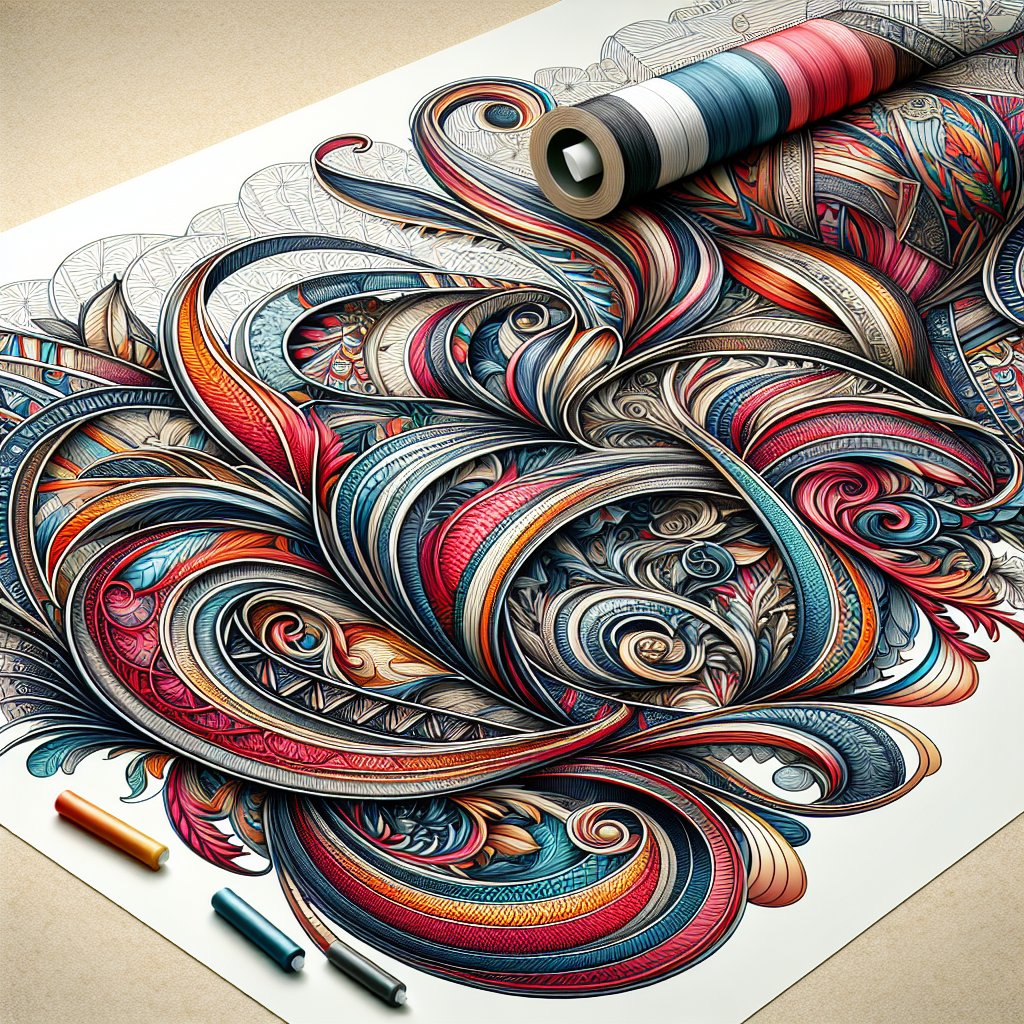
Achieving high-quality custom DTF heat transfers requires more than just the right materials; it involves mastering specific techniques and paying attention to details. Here are some expert tips to help you get the best results:
- Prepare Your Artwork: Ensure that your artwork is in a high-resolution format, ideally 300 DPI. This will help produce crisp and clear prints. Use vector files when possible for scalability without loss of quality.
- Use Proper Color Profiles: Calibrate your printer and monitor to use the correct color profiles. This ensures that the colors you see on your screen will match the final print, minimizing surprises and reprints.
- Clean Your Printer Regularly: Maintenance is key to keeping your DTF printer in top condition. Regularly clean the print heads and perform routine checks to avoid clogs and ensure consistent print quality.
- Apply Adhesive Powder Evenly: To avoid uneven adhesion and patchy prints, make sure to apply the adhesive powder uniformly over the printed film. Shake off any excess powder to prevent clumping.
- Cure the Powder Properly: Use an oven or heat gun to cure the adhesive powder before the heat pressing step. This ensures that the powder bonds well with the ink, improving the durability of the transfer.
- Adjust Heat Press Settings: Different fabrics require different heat press settings. Adjust the temperature, pressure, and time according to the type of fabric you are using. Refer to the manufacturer’s guidelines for best results.
- Test Press on Scrap Fabric: Before transferring your design onto the final product, perform a test press on a scrap piece of fabric. This allows you to fine-tune the settings and ensure the quality of the transfer.
- Peel Film Carefully: After pressing, allow the fabric to cool slightly before peeling off the DTF film. Peel it slowly and steadily to avoid lifting the design or causing smudges.
By following these tips, you can achieve professional-quality DTF transfers that are vibrant, durable, and visually appealing. Attention to detail and proper technique will make all the difference in the final outcome of your custom DTF heat transfer projects.
Choosing the Right DTF Printing Service
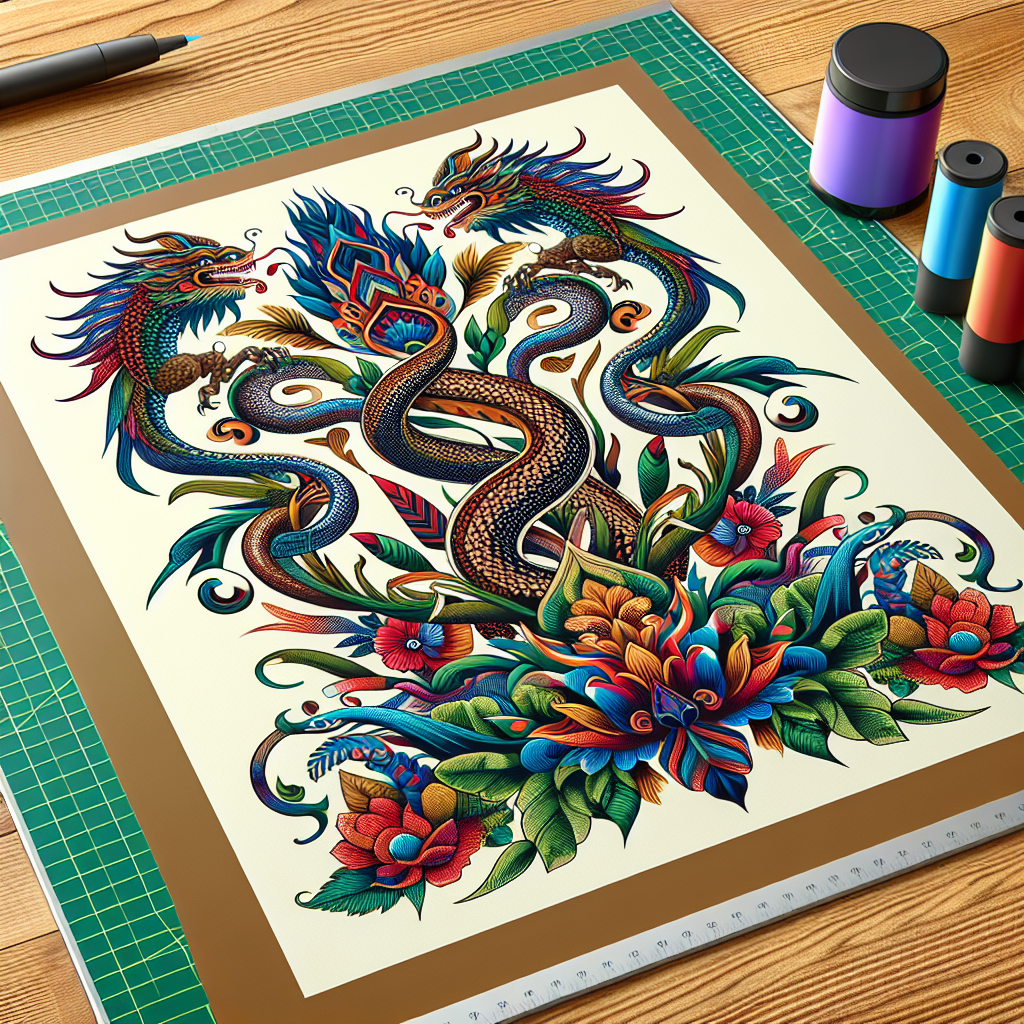
Selecting the right DTF printing service is crucial for ensuring that your custom DTF heat transfer projects meet your expectations. Here are some factors to consider when making your choice:
- Quality of Work: Review samples of the company’s previous work to assess the quality of their prints. Look for vibrant colors, sharp details, and overall consistency. Customer reviews and testimonials can also provide valuable insights.
- Technology and Equipment: A reputable DTF printing service should use cutting-edge technology and high-quality materials. This ensures that your designs are printed with precision and durability. Inquire about the type of printers and inks they use.
- Turnaround Time: Time is often of the essence in custom printing projects. Check the service’s turnaround time to ensure they can meet your deadlines without compromising on quality.
- Customer Service: Excellent customer service is a hallmark of a reliable printing service. The company should be responsive, professional, and willing to address any concerns or questions you may have throughout the process.
- Pricing: While cost shouldn’t be the sole deciding factor, it’s important to find a service that offers competitive rates without sacrificing quality. Request a detailed quote that outlines all potential costs.
- Customization Options: Look for a service that offers a wide range of customization options. Whether you need specific sizes, special finishes, or unique materials, the company should be flexible enough to accommodate your needs.
- Sustainability Practices: If environmental responsibility is important to you, inquire about the company’s sustainability practices. Do they use eco-friendly inks and materials? Are they committed to reducing waste?
By considering these factors, you can confidently choose a DTF printing service that aligns with your project requirements and budget. A reliable partner in your creative journey can make all the difference in bringing your vision to life.
Ready to transform your vision into reality? Please visit AffordableDTF.com for more info!

